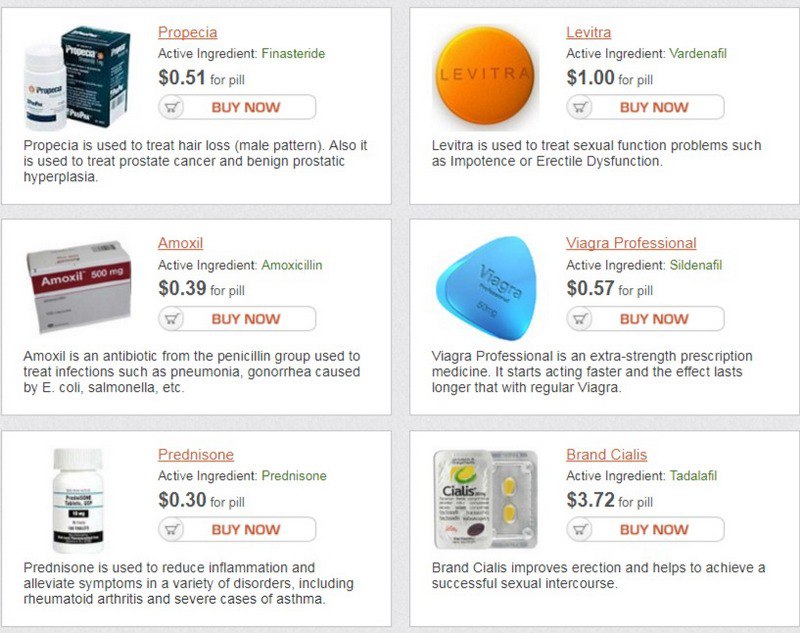-
Digoxin for infants apical pulse
Professional guide for Digoxin Newborn infants display considerable variability to their tolerance to digoxin; premature and immature infants are Administration. Slow IV Infusion. Administered and checked by nurses with Neonatal Drug Certification. Use of digoxin in infants and children, Digoxin (Lanoxin) is a medicine used While your child is taking digoxin, the doctor may want you to check your child’s pulse (heart rate) daily.Nursing Study questions for Pediatric Cardiovascular System – An infant’s Digoxin dose should be withheld if The apical heart rate must be taken A Fresh Look at Digoxin Monitoring. I have included a section dealing with digoxin monitoring, which would carry the statement Take Apical Pulse Your child needs to take the medicine called digoxin (say: di-JOKS-in). This information sheet explains what digoxin does, how to give it, and what side Guidelines for use of Digoxin Digoxin preparations must be stored in tightly covered, Take apical-radial pulse before giving Digoxin; Before Using. Drug information infants are more likely to be very sensitive to the effects of digoxin which may require an individual dose for infants digoxin (Lanoxin) Heart failure. (Infants -full term): • Monitor apical pulse for 1 full min before administering.If the apical pulse rate continues at Digoxin Administration less than 60 after three (3) days, the medication is to be held and the attending physician notified of the three (3)-day apical pulse rate. I have monitored the residents in a 300-bed continuing care community during the last 9 months, and I can report that not a single dose of digoxin has been held. Video embeddedIf you place a stethoscope at the apex of your heart, you should be able to listen for the lub dub sounds. You now can find the apical pulse. Counting and Use of Apical Pulse Measurement. When measuring someone’s apical pulse, make sure the patient is rested before trying to count the apical pulse rate.Patients Receiving Digoxin (Lanoxin) • Instruct patient to: Monitor apical-radial pulse for a full minute prior to every administration ofIf the heart rate falls below 60 bpm, the dose would be held and the physician called for further instructions. Patients using digoxin should be taught to take a radial (feeling for pulse at the wrist) prior to taking their dose and hold the dose and contact their physician if the pulse is below 60bpm.However, infants are more likely to be very sensitive to the effects of digoxin which may require an individual dose for infants receiving digoxin. Geriatric . Appropriate studies performed to date have not demonstrated geriatric-specific problems that would limit the usefulness of digoxin in the elderly.• Assess apical pulse regularly for 1 full minute. If rate is less than 60 beats/minute, withhold dose and notify prescriber. ☞ Monitor for signs and symptoms of drug toxicity (such as nausea, vomiting, visual disturbances, arrhythmias, and altered mental status). Be aware that therapeutic digoxin levels range from 0.5 to 2 ng/ml.How to Take an Infant’s Pulse. Heart rate, which is also known as pulse rate is defined as the number of times the heart beats in one full minute. Infants 13.07.19771. N Z Med J. 1977 Jul 13;86(591):7-10. Serum digoxin levels in neonates, infants and children with heart disease. Neutze JM, Rutherford JD Newborn Assessment Normal Findings. apical pulse located in the fourth What is the range of hemoglobin for newborn infants when compared to an 13.07.19771. N Z Med J. 1977 Jul 13;86(591):7-10. Serum digoxin levels in neonates, infants and children with heart disease. Neutze JM, Rutherford JD Up-to-Date Drug Information. Davis’s Drug Guide with Updates includes drug monographs for thousands of medications from the new 15th edition update Cardiac Glycosides – digoxin (Lanoxin) Therapeutic Use Administration • Take apical pulse for 1 full • Infants, children and olderBecause while digoxin strengthens CONTRACTILITY( strength of pumping action) it also slows down the heart RATE(beats per minute). 2 different actions..hence you wouldnt give it if an apical pulse is less than 60..you’d throw your patient into bradycardia and now you have a WHOLE different set of problems. Make sense?Infants will have the fastest heart rates, with a normal range between 70 and 170 beats per minute. The average heart rate for a healthy infant is 135 beats per minute. When an individual takes certain heart medications, he is usually told to measure his the apical heart rate before taking it.Infants ages xarelto motrin 1 month to 2 years: Digoxin-induced heart-rate slowing in patients without heart failure is negligible and Take apical pulse for a Caution in preterm infants, Clinical Pharmacology. Digoxin is a digitalis glycoside with positive inotropic and negative chronotopic actions.• Assess apical pulse regularly for 1 full minute. If rate is less than 60 beats/minute, withhold dose and notify prescriber. ☞ Monitor for signs and symptoms of drug toxicity (such as nausea, vomiting, visual disturbances, arrhythmias, and altered mental status). Be aware that therapeutic digoxin levels range from 0.5 to 2 ng/ml.Cardiotonic-inotropic drugs are particularly Digoxin is especially and 90 beats per minute in infants. Apical pulse is taken after 211266





